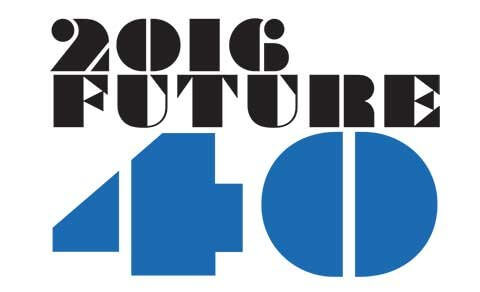Horizon Utilities had a legacy problem.
An old power corridor was running through the Twelve Mile Creek watershed in the Niagara Peninsula, an environmentally sensitive area peppered with walking and cycling trails. Even though it would never be built today, the power lines were there and needed to stay in place for reliability reasons. Horizon was facing heavy criticism every time the foliage was cut back to protect the lines as it reduced the natural beauty of the area.
Instead of ignoring local concerns, Horizon decided to partner with the City of St. Catharines, the Niagara Peninsula Conservation Authority and Ontario Power Generation on a pilot project to replace the existing fauna with 5,000 native wild flowers, grasses and shrubs. This allowed for improved biodiversity in the area while also cutting the cost of maintenance going forward.
“So it was responsible stewardship of a difficult problem that made sense both for the community and from a cost perspective,” says Neil Freeman, VP, business development and corporate relations at Horizon.
Horizon is best known for its competitive electricity rates and strong customer service, earning top marks in the 2015 UtilityPULSE Electrical Utility Customer Satisfaction Survey. The municipally owned utility provides electricity for roughly 242,000 commercial and residential customers covering the cities of Hamilton and St. Catharines in Southern Ontario.
But it has also begun to gain recognition for the steady integration of sustainable development principles into its work over the past decade.
The first step involved measurement and transparency. In 2008, Horizon became the first utility in Ontario to begin following the Global Reporting Initiative sustainability disclosure practices, while also revamping its annual report to give equal attention to social, environmental and economic considerations.
“It was at this point that we started asking how sustainable development practices could enhance how we serve customers,” explains Freeman.
Horizon became one of the few utilities in the country to institute an infill development strategy, working to encourage further densification of Hamilton and St. Catharines.
This was achieved by first moving to minimize business startup costs at brownfield properties targeted for redevelopment by reducing connection fees. Horizon then created a database of the existing sites and the electricity assets that were already there so prospective buyers could maximize old equipment like transformers left over on the properties and cut costs even further.
“This is great news for the region and a shining example of smart growth development,” exclaimed then-provincial transportation minister Glen Murray at the time. The project went on to earn a Brownie Award from the Canadian Urban Institute.
The company also turned its attention to maximizing energy conservation efforts among its customers. In 2011, Horizon applied to the Ontario Power Authority’s Conservation Fund to develop an energy-density mapping tool so it could specifically target conservation marketing efforts to each building’s specifications.
“We then incented our conservation team with performance-driven metrics on both demand and energy conservation for our management people,” says Freeman. “Get us the conservation and earn us an incentive cheque from the province at the same time because it makes us a stronger business and lowers costs for the customers.”
Because of this and other conservation efforts, Horizon was the only utility in Ontario with more than 60,000 customers to hit both its energy production and conservation targets as required under Ontario’s long-term energy plan.
Horizon is in the midst of a public debate over a potential merger with three other major utilities, which would create the second-largest electricity distributor in Ontario. With disclosure practices not as strong at the three other companies, it remains to be seen if Horizon will be able to maintain its position as a sustainability champion in the years ahead.
Freeman agrees that the other utilities have a way to go on disclosure, but points out that they have been showing initiative in other areas like renewable energy. For example, PowerStream is the largest solar developer of any municipally owned utility in Ontario.
“What I can tell you is that the merger integration philosophy is of highest common denominator and not the lowest,” says Freeman.
Click here to go back to the ranking landing page.





